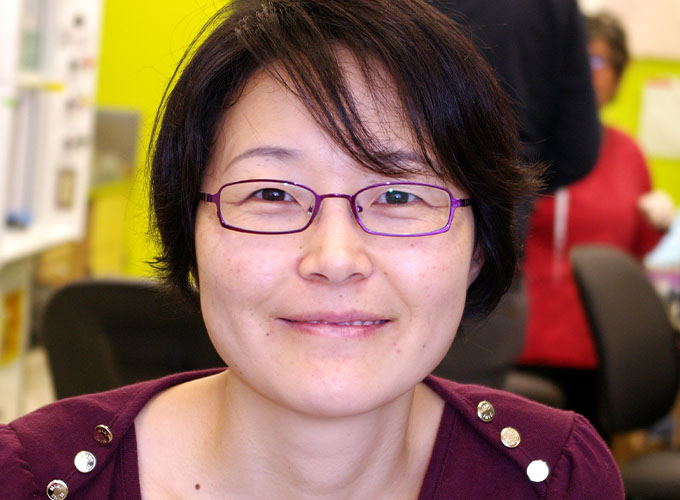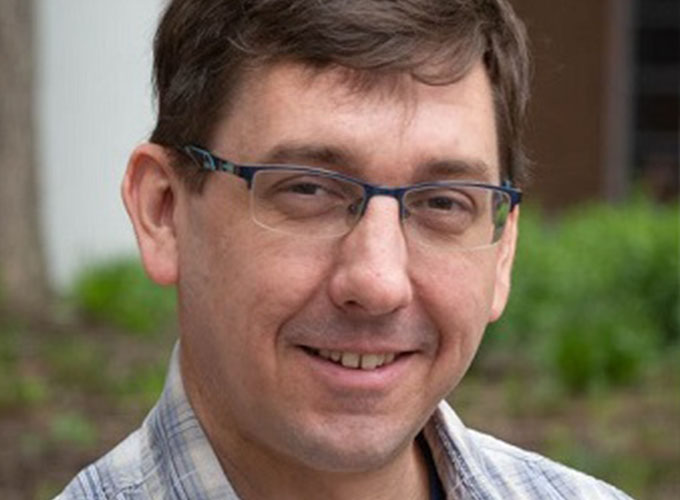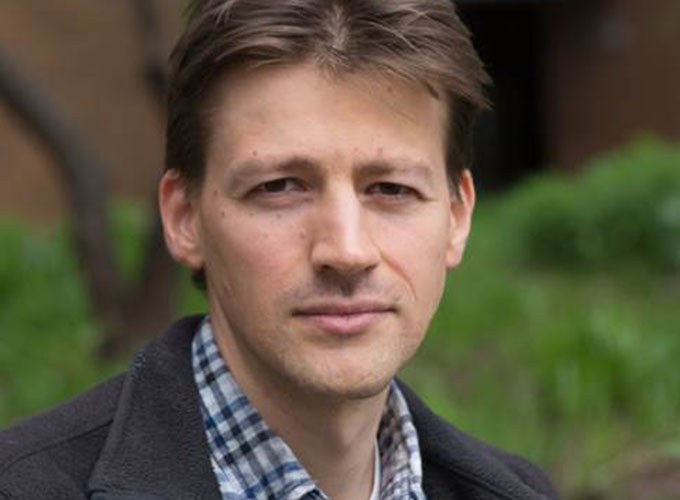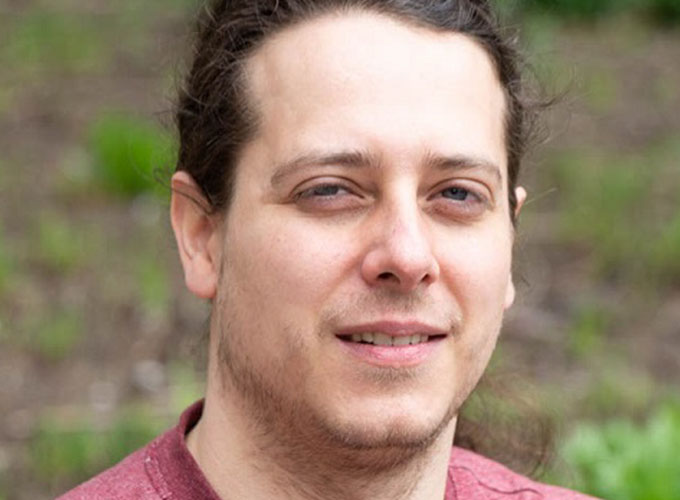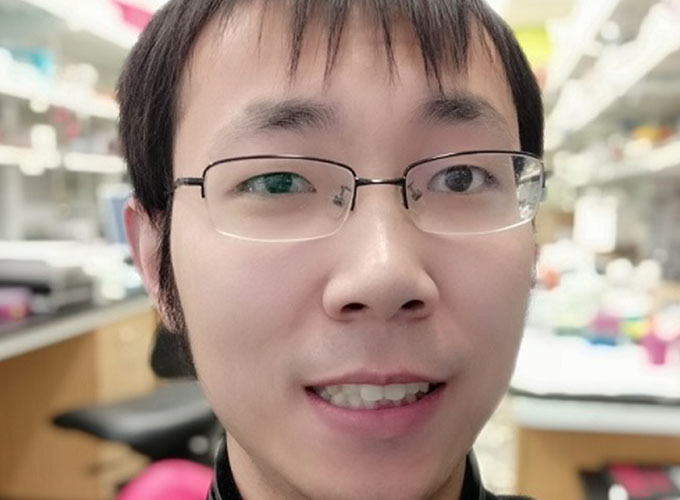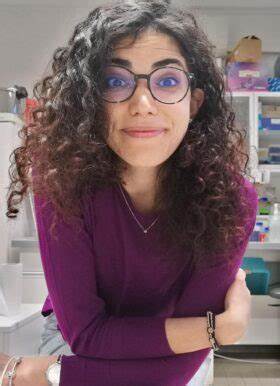Our Research
We are interested in recruiting individuals with broad interests in ion channel biophysics and biochemistry, and in channel physiology and pathology - from molecules to cells, to animals, to patients. As can be seen from individual research descriptions, lab members are encouraged to explore multiple approaches and to address projects that span multiple levels of biological sophistication.
We have extensive collaborations both with other academic groups and with industrial partners, utilizing our expertise in electrophysiology, as well as single molecule biophysics and animal physiology. Please contact cnichols@wustl.edu to discuss.
Current Lab Members
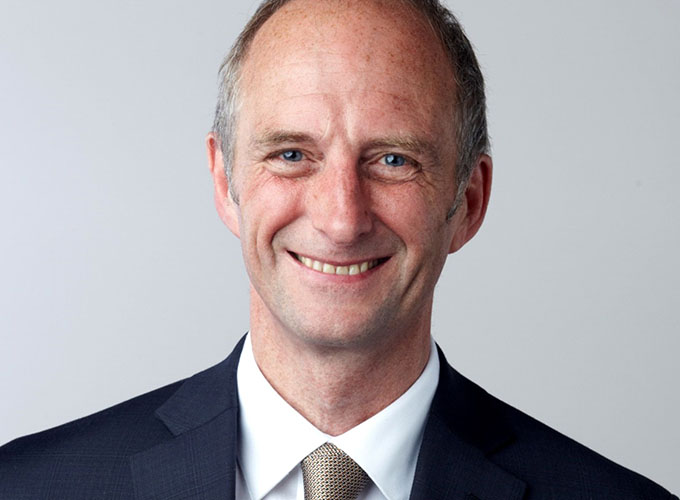
Colin G. Nichols
Carl Cori Professor, Director of CIMED, Professor of Cell Biology/Physiologycnichols@wustl.edu

Read Bio Close Bio
Close Bio
 Close Bio
Close Bio
I joined the Nichols lab in the summer of 2016 after my first year of med school at WashU. My main focus in the lab has been electrophysiologic characterization of the functional effects of KATP channels containing Cantú Syndrome-associated mutations. I am spending my years as a PhD student investigating the unique physiological manifestations of Cantú Syndrome.
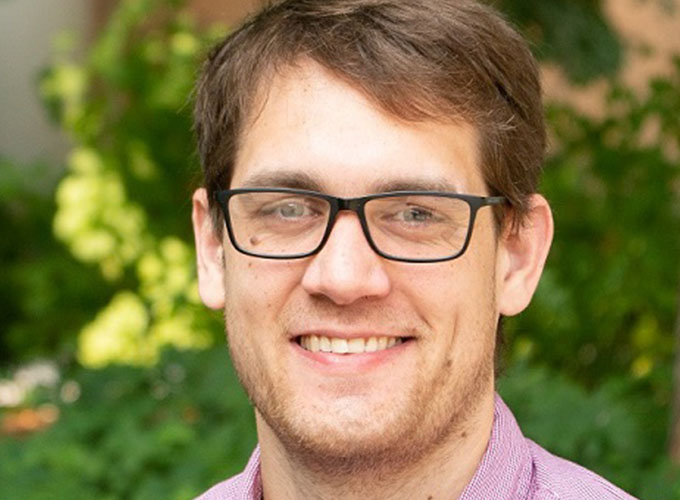
Read Bio Close Bio
Close Bio
 Close Bio
Close Bio
I completed my PhD at the University of Wisconsin – Madison, where I studied the role of oxytocin receptor in the retina and its regulation if Kir7.1. After joining the Nichols lab in 2018 I have focused on the impact KATP channels in intestinal smooth muscle and GI function, specifically looking at the disruption of GI transit in mouse models of Cantu syndrome.
Former Lab Members
Lab member from 2008 to 2022
Lab member from 2016 to 2022
Lab member from 2014 to 2018
Paediatric Endocrine Clinical Fellow
ikle@stanford.edu
Jen Ikle, MD PhD
Endocrinologist at Stanford Uikle@stanford.edu
Lab member from 2017 to 2020
Lab member from 2018 to 2022
Lab member from 2018 to 2020
Shizhen (Jeff) Wang
wangshizhen@umkc.eduLab member from 2007 to 2018
Haixia Zhang
2868428006@qq.comMonica Sala-Rabanal
msala@wustl.eduLab member from 2009 to 2018
Lab member from 2015 to 2019
Motohiko Nishida
motohiko.nishida@wustl.eduLab member from 2011 to 2019
Chris Emfinger
emfinger@wisc.eduDrake Jensen
drakejensen@email.wustl.eduLab member from 2015 to 2016
Schuyler Brown
Lab member from 2016 to 2017
Anirudh Prabu
anirudh.prabu@wustl.eduLab member from 2016 to 2017
Beth Huang
beth.huang@wustl.eduLab member from 2016 to 2017
Yan Huang
huangyan721@whu.edu.cnLab member from 2016 to 2018
Xin Fang
Lab member from 2016 to 2017
Joy Lin
Lab member from 2015 to 2017
Alejandro Akrouh
aakrouh@wustl.eduLab member from 2006 to 2012
Joseph 'Bo' Koster
Lab member from 1996 to 2010
Sarah Heyman
sheyman@cellbiology.wustl.eduLab member from 2005 to 2015
Yu-Wen Lin
ywlin@wustl.eduLab member from 2009 to 2016
Wayland Cheng
chengw@notes.wustl.eduNathaniel Ginder
Lab member from 2009 to -
Anlong Li
anlong.li@wustl.eduLab member from 2009 to 2012
Amir Toib
Lab member from 2009 to 2016
Harley T. Kurata
harleykurata@gmail.comLab member from 2004 to 2009
Mark Levin
mark.levin@nih.govLab member from 2014 to 2015
Keita Uchida
kuchida@umich.eduLab member from 2009 to 2014
Zihan Yan
yanzihan@wustl.eduLab member from 2012 to 2015
Decha Enkvetchakul
denkvetc@slu.eduLab member from 1998 to 2008
Thomas Flagg
thomas.flagg@usuhs.milLab member from 2001 to 2008
Ailing Tong
Lab member from 2003 to 2008
Ricard Masia
rmasia@partners.orgLab member from 2002 to 2007






